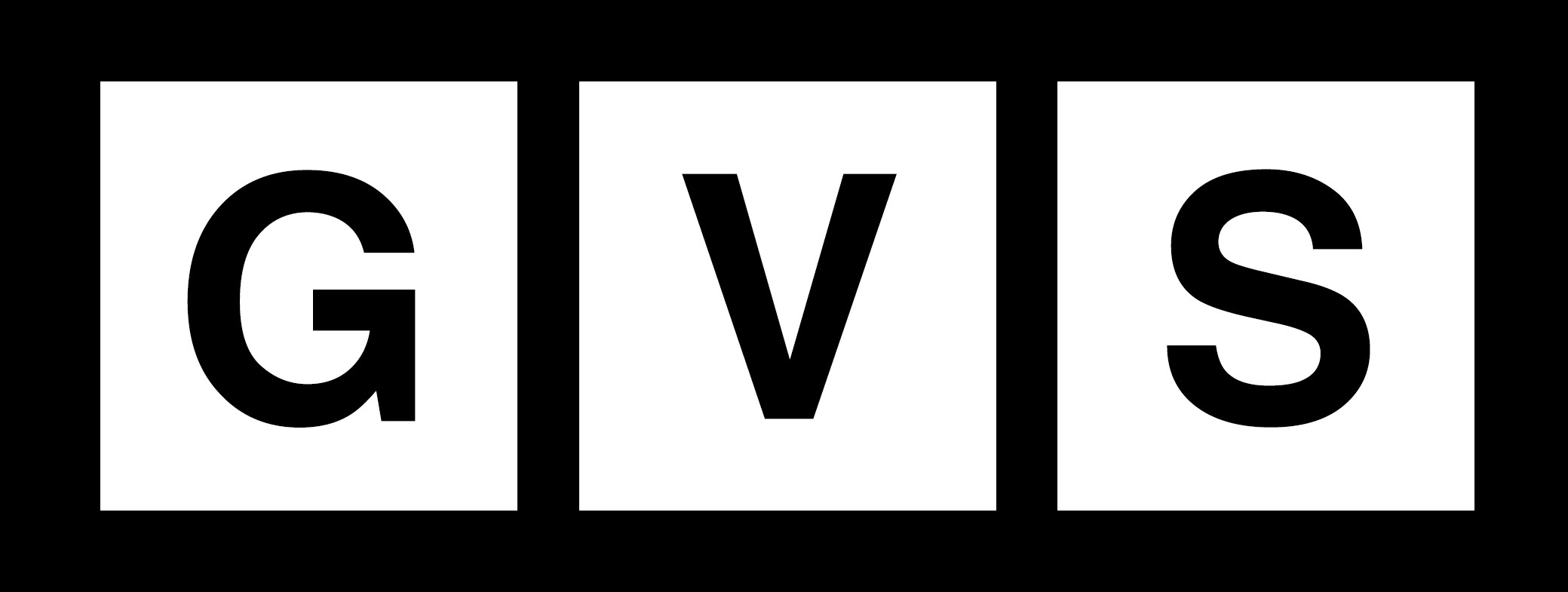A little over three weeks since it came into effect, a ceasefire deal between Israel and Hamas that halted the Gaza war has become increasingly fragile.
Under the truce, the warring parties have already completed five exchanges of Israeli hostages and Palestinian prisoners, but have in recent days have entered into a blame game over the implementation of the deal.
US President Donald Trump’s forceful backing of ally Israel has put the ceasefire under strain, and particularly his proposal to take over the Gaza Strip and remove its Palestinian inhabitants.
The truce is currently in its first phase. The next ones have not yet been finalised.
Here are the positions of the key actors who could decide the future of the truce:
– What is Hamas’s position? –
For days now, Hamas has accused Israel of not respecting the agreement, saying that the amount and type of aid entering Gaza was insufficent.
Israeli authorities have denied the claims.
In several statements, the Palestinian militants have said they had not received machinery requested to clear the rubble in Gaza, and complained about obstacles to evacuating wounded people to Egypt under the terms of the agreement.
On Wednesday, Hamas said that as a result of the Israeli violations it would postpone indefinitely the next hostage release, which was due to take place on February 15.
Hugh Lovatt, a researcher at the European Council on Foreign Relations, told AFP that the announcement from Hamas may be an attempt to force a decision on the next phases of the truce.
“Hamas’s aim is to break the deadlock in the negotiations on the second phase of the agreement,” he said, adding that the Palestinian movement has been trying to obtain guarantees that the ceasefire will hold and the war will come of a permanent end.
It’s a “Hail Mary pass”, said Lovatt, “because they fear that Israel will take advantage of Trump’s support to impose new conditions and delay the implementation of the agreement”.
The ongoing first phase of the ceasefire is for 42 days. During this period, negotiations for the second phase were meant to start but that has not happened yet.
On Wednesday, a Hamas delegation arrived in Cairo to discuss the disputes over the agreement with Egyptian negotiators.
But a Hamas spokesman warned that the group would not bow down to the “language of threats” from the United States and Israel.
– What is the US position? –
Trump on Monday said “all hell” would break out in Gaza if Hamas did not free all Israeli hostages held in the territory by Saturday noon.
Under the terms of the truce, not all hostages were meant to be freed during the first phase.
The president’s threat came soon after he announced a plan for the United States to take control of the Gaza Strip and move its almost 2.4 million residents to Jordan or Egypt.
The proposal has provoked widespread international condemnation, and experts have said it would violate international law.
Yonatan Freeman, an international relations expert at the Hebrew University of Jerusalem, said that Trump’s statements had “underscored the US backing of Israel”.
“Trump and Netanyahu have both emphasised the importance of releasing hostages,” Freeman said.
He said that despite making threats, he did not believe that either Trump of Israel’s leaders wanted the war to resume.
US Secretary of State Marco Rubio has said Hamas cannot be allowed to use the ceasefire to “rebuild itself and recover strength”.
– What is Israel’s position? –
Echoing statements from the US president, Israeli Prime Minister Benjamin Netanyahu said on Tuesday that Israel would resume “intense fighting” in Gaza if Hamas did not return hostages by Saturday.
Netanyahu did not specify whether he expected all the hostages to be freed, or a smaller batch due for release under the terms of the deal.
“It’s in his best interest to do it gradually,” said Mairav Zonszein, a senior analyst with the International Crisis Group.
According to her, Netanyahu was deliberately being ambiguous and was “buying time” to extend the first stage of the truce and delay talks about the post-war future of the Gaza Strip.
But Netanyahu also faces domestic “public pressure” to secure the release of the remaining hostages, including through indirect negotiations with Hamas, said Zonszein.
“It could be a determining factor that when the three hostages came out last Saturday, they looked really, really bad,” she said of the three Israelis freed on Saturday.
They appeared emaciated, spurring concern among Israelis for the fate of those still in captivity.
Despite their disputes, Zonszein said that the sides have not “given up on anything yet”.
“They’re just playing power games.”



